SWIMMING POOLS
Man-made reservoirs, sometimes called artificial lakes, are important water sources in many countries around the world. There are big differences in the size of man-made reservoirs such as big artificial lakes or small pond-like waterbodies. The stored water can be used for irrigation, drinking water after purification or to produce energy.


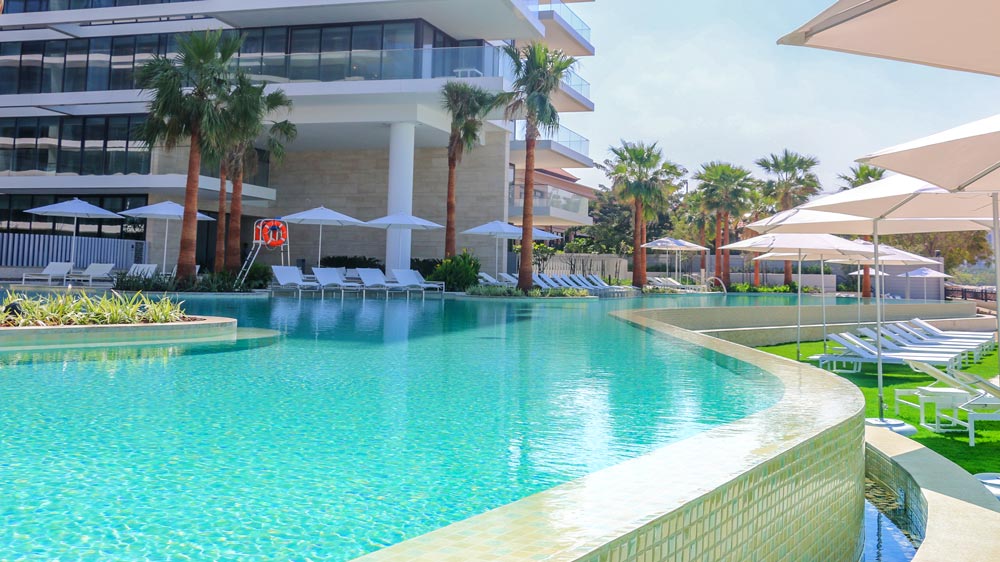


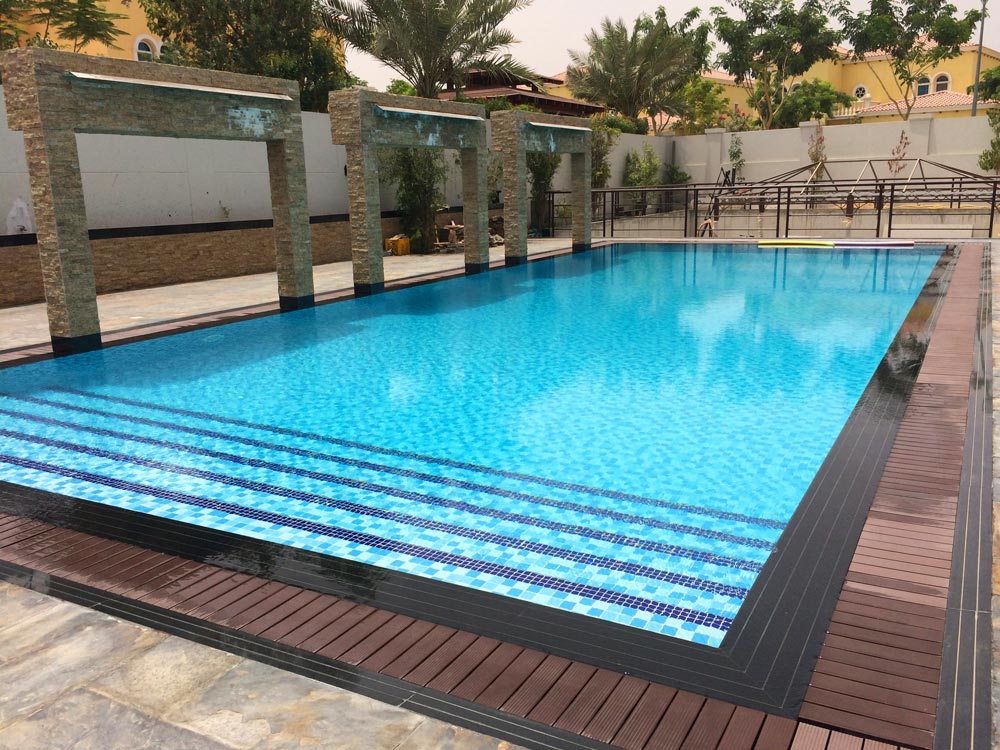
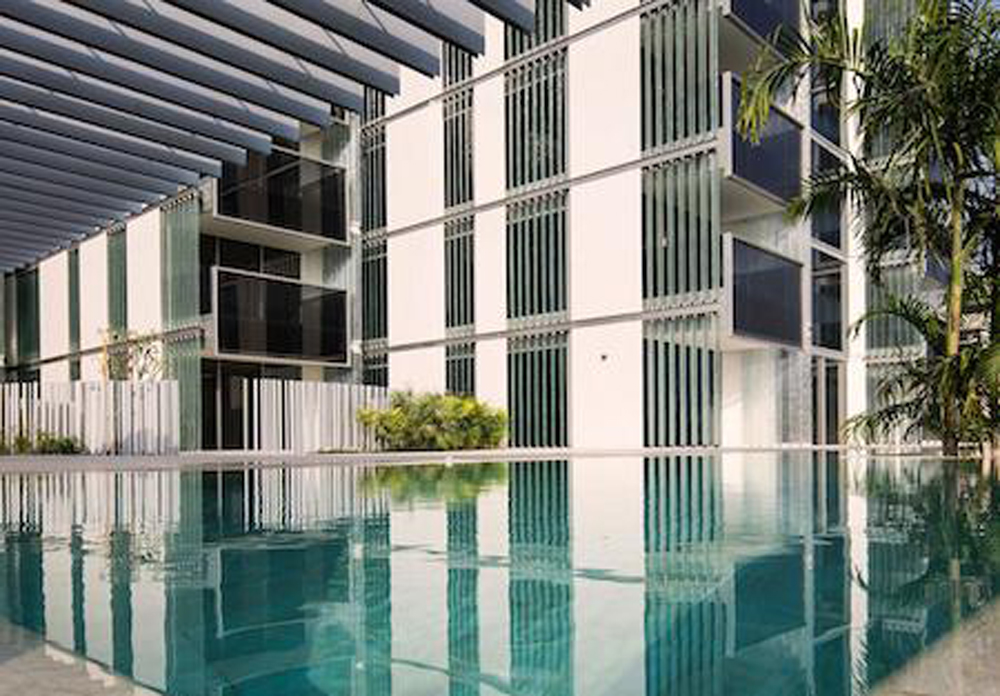



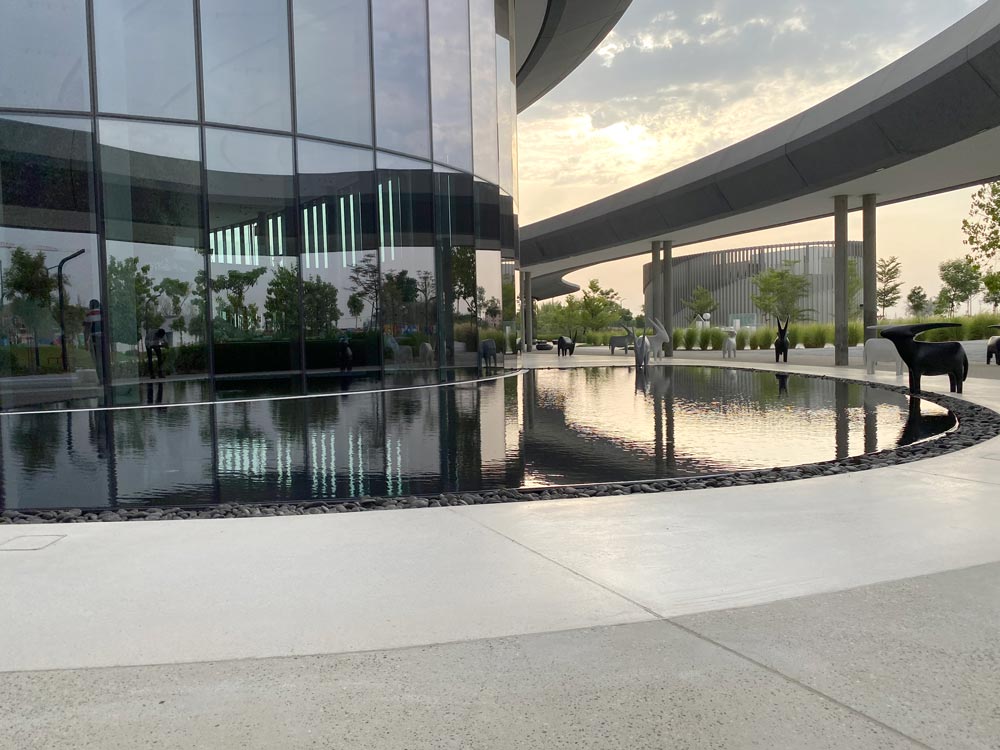



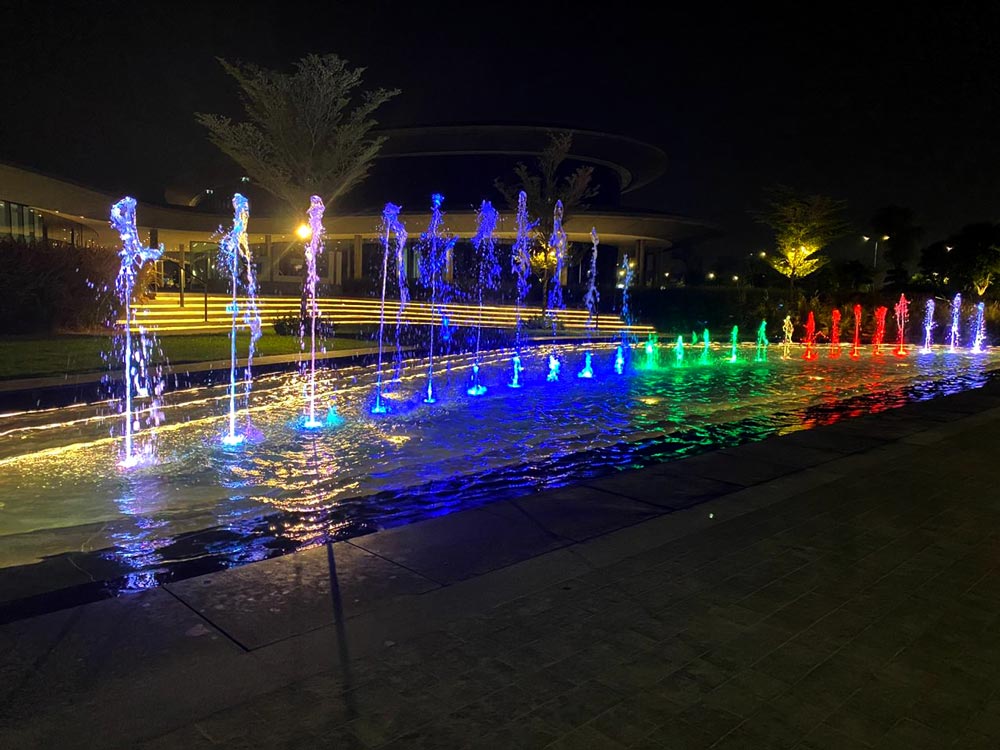

WATER FEATURE
In day to day terms, water features are considered as ponds or fountains in the garden. Ancient water features were powered using gravitational forces, human power or animals to pump in the water. Since the 18th century, the majority of water features have been powered by pumps. Modern water features are typically self-contained, meaning that they do not require water to be plumbed in; rather water is recycled from either a pond or a hidden reservoir, also known as a sump.
A water feature may be indoor or outdoor and can range in size from a desk top water fountain to a large indoor waterfall that covers an entire wall in a large building, and can be made from any number of materials, including stone, stainless steel, resin, iron and glass. Most water features are electronically controlled, ranging from simple timer actuators to sophisticated computerized controls for synchronizing music to water and light animation.
ARTIFICIAL LAKES & FOUNTAIN
Man-made reservoirs, sometimes called artificial lakes, are important water sources in many countries around the world. There are big differences in the size of man-made reservoirs such as big artificial lakes or small pond-like waterbodies. The stored water can be used for irrigation, drinking water after purification or to produce energy.



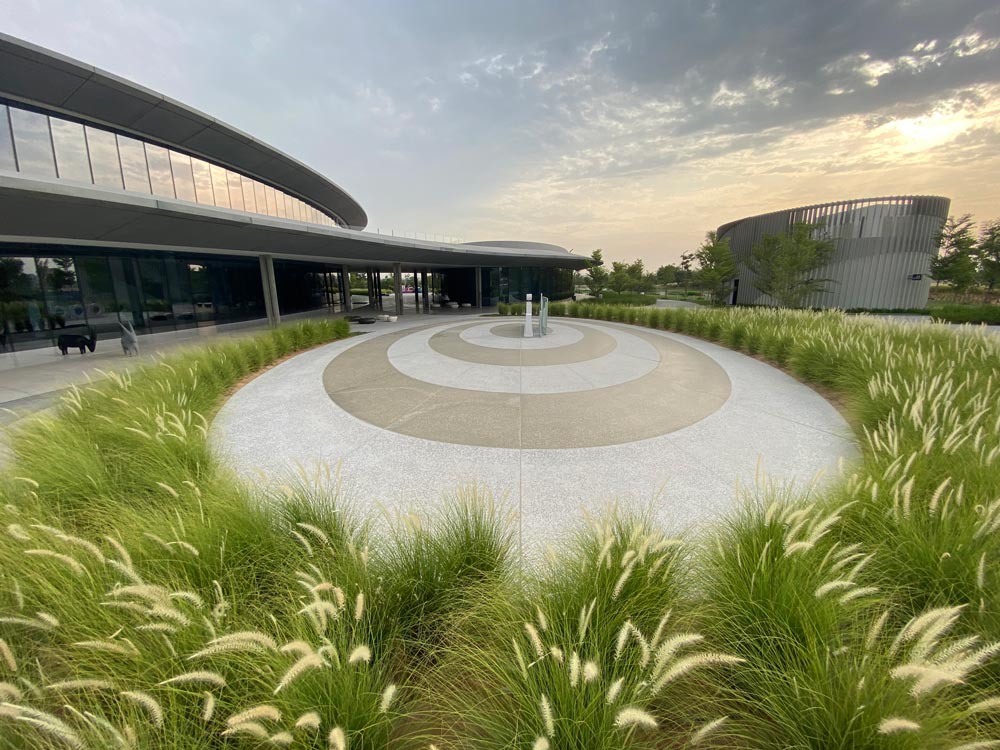


LANDSCAPE & GARDENING
Landscape gardening is an aesthetic branch of Horticulture which deals with planting of ornamental plants in such a way that it creates a picturesque effect. Landscape design is an independent profession and a design and art tradition, practiced by landscape designers, combining nature and culture. In contemporary practice, landscape design bridges the space between landscape architecture and garden design. Many landscape designers have an interest and involvement with gardening, personally or professionally. Gardens are dynamic and not static after construction and planting are completed, and so in some ways are ‘never done.’ Landscape gardening can also be defined as the beautification of a tract of land having a house or other object of interest on it. It is done with a view to create a natural scene by the planting of lawn, trees and shrubs. Landscape gardening is both an art and science of the establishment of a ground in such a way that it gives an effect of a natural landscape.
KIDS WATERPLAY
Water Play provides hours of rich and valuable early childhood experiences to develop children’s creativity and imagination… It helps children develop eye-hand coordination and math and science concepts. It also enhances social skills and encourages cooperation.


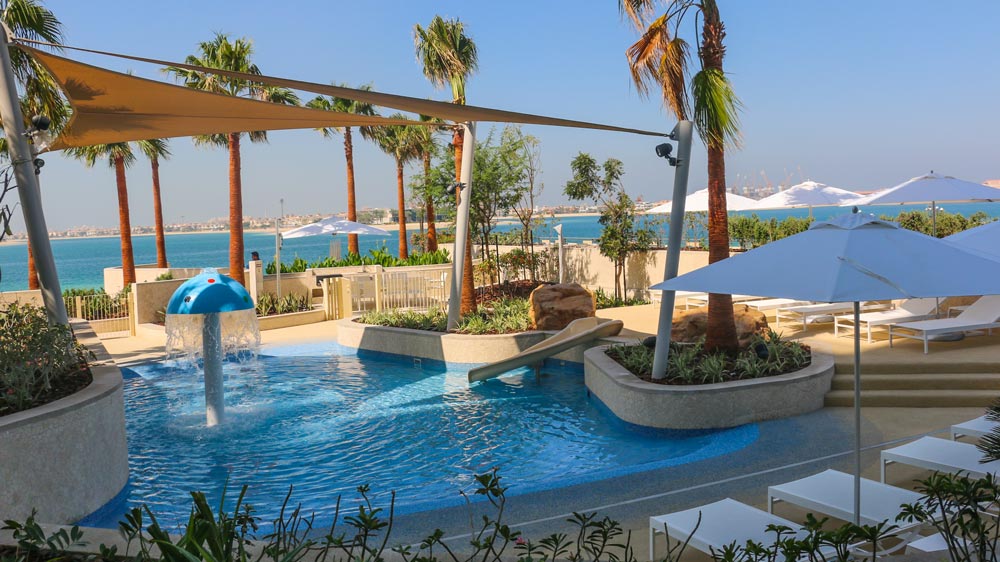


FOUNTAINS & WATER PARKS
Fountains are used today to decorate city parks and squares; to honor individuals or events; for recreation and for entertainment. A Splash pad or spray pool allows city residents to enter, get wet and cool off in summer. The musical fountain combines moving jets of water, colored lights and recorded music, controlled by a computer, for dramatic effects. Fountains can themselves also be musical instruments played by obstruction of one or more of their water jets. Drinking fountains provide clean drinking water in public buildings, parks and public spaces.
SPORTS SURFACES
All sports are physically demanding for athletes and like any physical activity, injuries are common. To prevent injuries is to ensure that athletes are playing on the right type of sports flooring. Sports flooring is made with special care to provide shock absorption as well as a suitable surface for each sport.

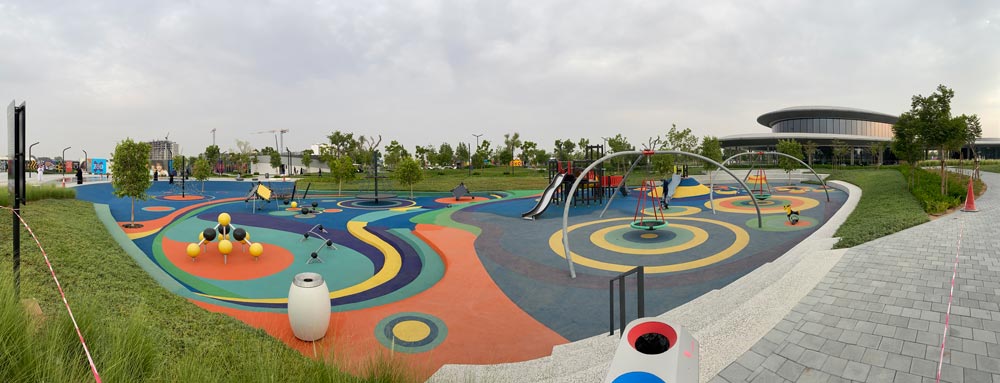


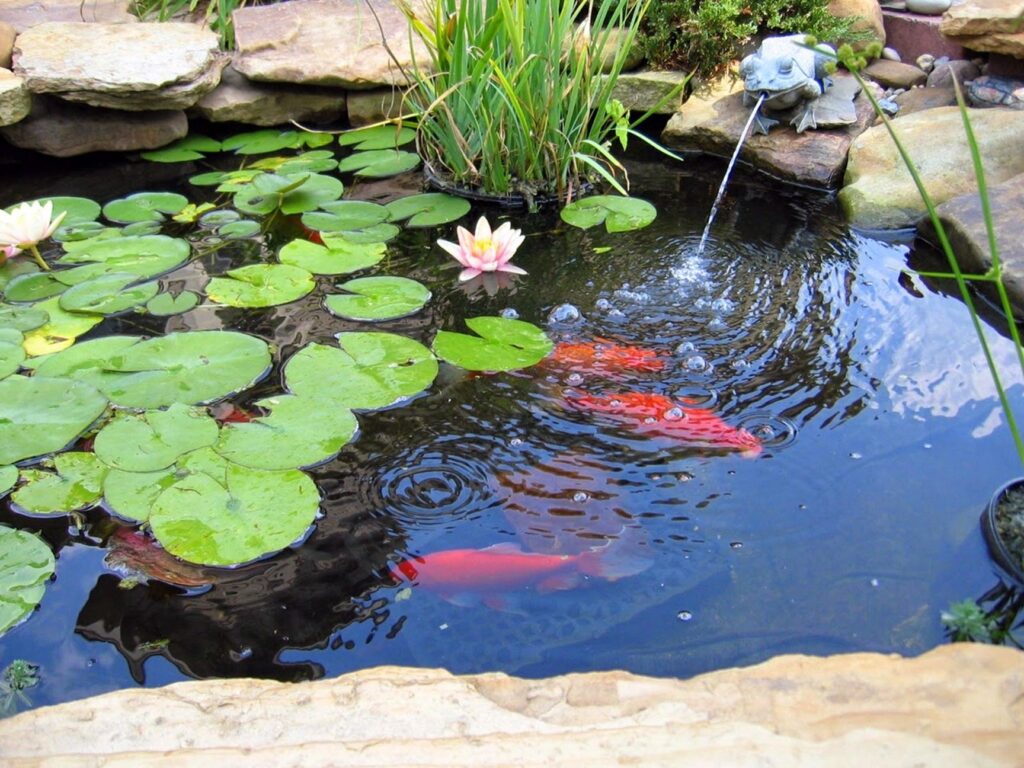
FISH POND
A large part of the world’s fish culture production relies on the use of freshwater ponds which hold and exchange water, receive fertilizer or feed, and allow for holding, rearing and harvesting of fish. The proper preparation and construction of such ponds and their associated structures are essential for successful fish farming. Good ponds should be inexpensive to construct, easy to maintain and efficient in allowing good water and fish management.

